How to Set Up a VPN for Your Entire Home Network
4 min. read
Updated on
Read our disclosure page to find out how can you help Windows Report sustain the editorial team. Read more
Key notes
- Most VPN apps are designed to work on single devices, as opposed to network-wide security solutions (such as firewalls).
- Fortunately, not only is it possible to benefit from a VPN’s full range of features on an entire network, but it’s also not too hard to achieve, either.
- Check out our VPN Troubleshooting section for more easy-to-follow VPN guides.
- Visit our VPN Hub to learn more, read quick guides, and discover the best VPN for your needs.

VPNs are excellent tools that can keep your privacy safe and secure your connection at the push of a button.
So, it should be obvious why so many regular Internet users choose VPNs to anonymize their digital presence and give their connection a security boost.
While most users opt for single-device protection, there’s an increasing demand for network-wide solutions. More so, given recent developments that have led so many to start working from home.
With that in mind, let’s see the best way to benefit from a VPN’s full array of features on an entire network.
How can I set up a VPN for my entire home network?
1. Use a multi-device VPN
Surfshark

Surfshark is one of the best VPNs when it comes to multi-device support. As a matter of fact, Surfshark is one of the few VPNs that let you connect to an unlimited number of devices.
Therefore, no matter how many Internet-enabled devices you’ve got in your household, Surfshark will let you link them all up and use them on the same account.

Surfshark
Connect to the internet security from any device you own with this powerful VPN solution.On the other hand, you need to make sure that you can actually deploy Surfshark on every single device on your network for full protection.
The downside is that certain devices don’t have built-in VPN support (like most IoTs).
Check out a list of Surfshark-friendly devices:
- Desktops/laptops:
- Windows
- macOS
- Linux
- Phones/tablets:
- Android
- iOS
- Browsers (extensions):
- Chrome
- Firefox
- Smart TVs:
- FireTV
- Apple TV
- Other TVs
- Gaming consoles:
- PlayStation
- Xbox
If you want to include devices other than the one listed above behind a VPN’s protection, we suggest you look at our second method (router). Besides that, using Surfshark is an easy, foolproof method to benefit from a VPN on the entire network.
For any seemingly unsupported Internet-enabled devices, we suggest you look at our other method (the one that involves a router).
Many Internet-ready devices don’t have VPN support, but that doesn’t mean they can’t be protected.
2. Install a VPN on your router
Installing a VPN on your router is more complicated than using an unlimited-devices VPN like the one we’ve listed above.
However, you can go for it if you’re a bit tech-savvy or don’t want to use Surfshark or ZenMate.
Unfortunately, we won’t guide you step-by-step through the router VPN configuration process for two reasons:
- Every router model has a different configuration scheme, so the things that work for one router might not work for another
- Each VPN has its own set of perks and features, and not every VPN offers router support
For this method to work, you’ll need to make sure that your router has built-in VPN support or DD-WRT/Tomato.
Certain router models don’t come with VPN support, but custom firmware such as OpenWRT/DD-WRT/Tomato can bypass this limitation.
Additionally, you’ll want to ensure your VPN can handle being installed on a router. Certain VPNs only work through their dedicated apps; installing a VPN on your router won’t involve dedicated apps. For example, here’s how simple it is to set up a VPN on your Arris router.
All things considered, it’s definitely possible to set up and use a VPN for the entire network.
However, doing so depends on a series of factors, including but not limited to your preference towards certain VPN services and your router’s hardware limitations.
Long story short, using a multi-device VPN such as Surfshark or ZenMate VPN seems to be the safest, easiest way to configure VPNs for the whole network.
However, if you plan on protecting even devices with no native VPN support, such as IoTs, installing a VPN on your router may be the best way to go about it.



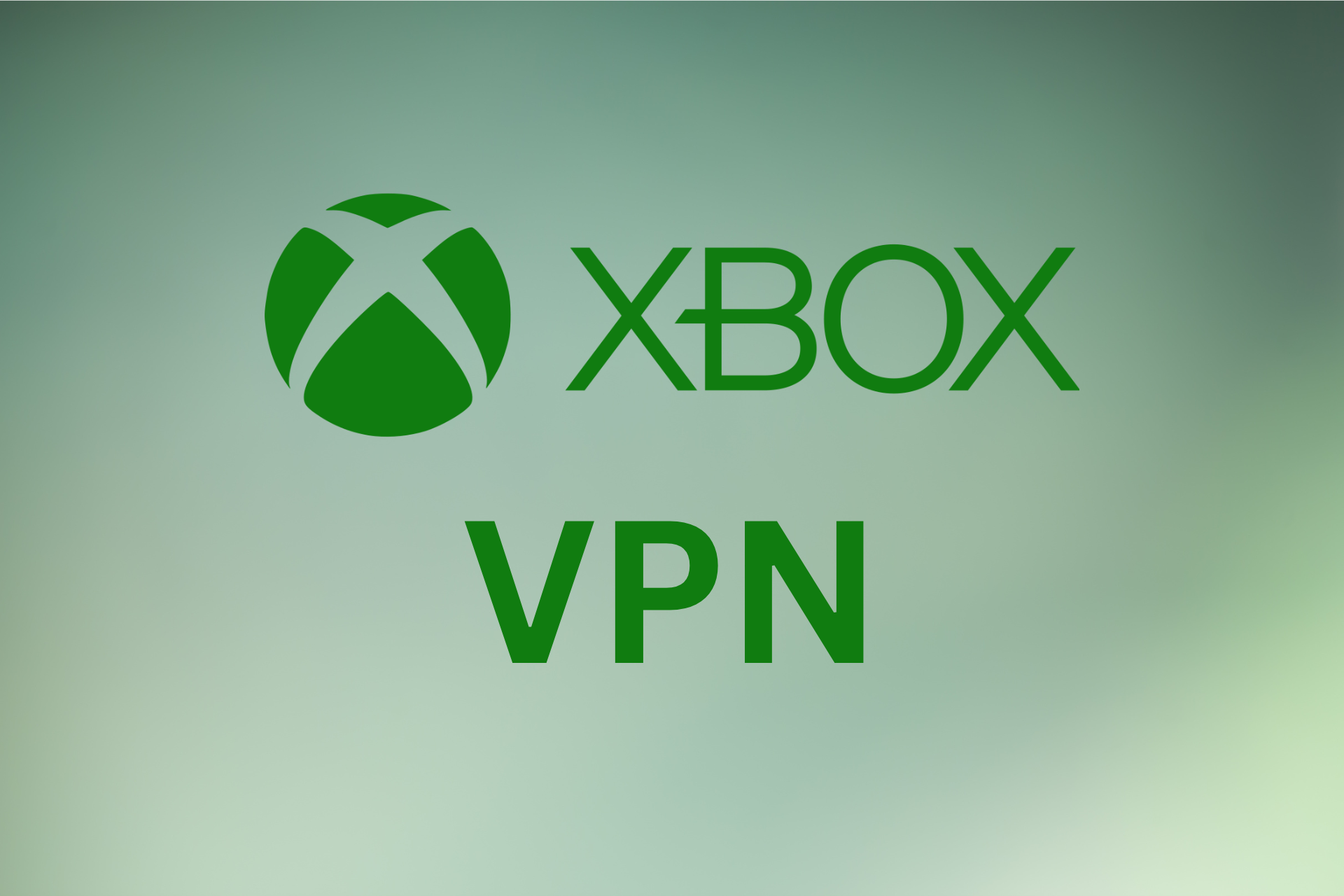
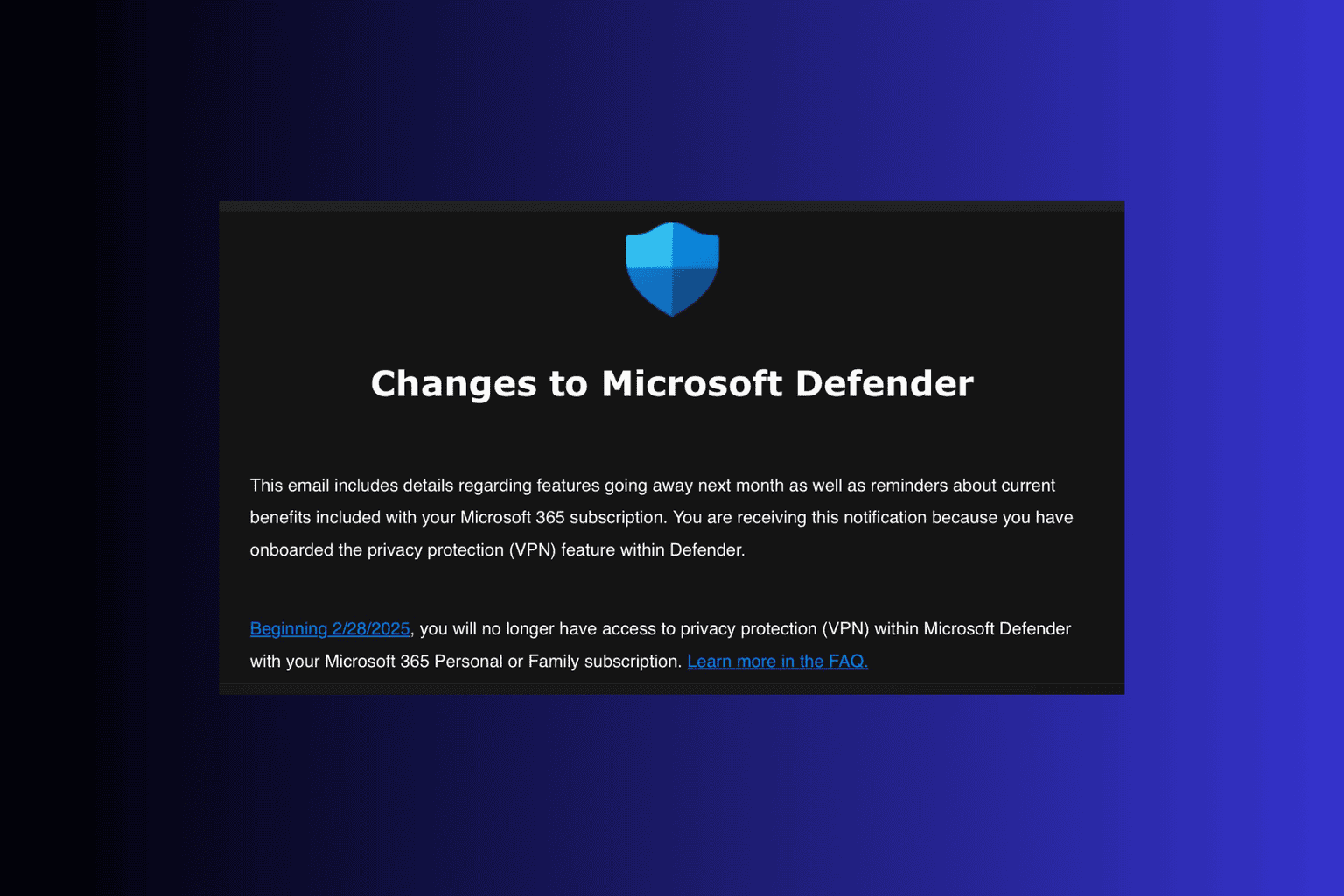


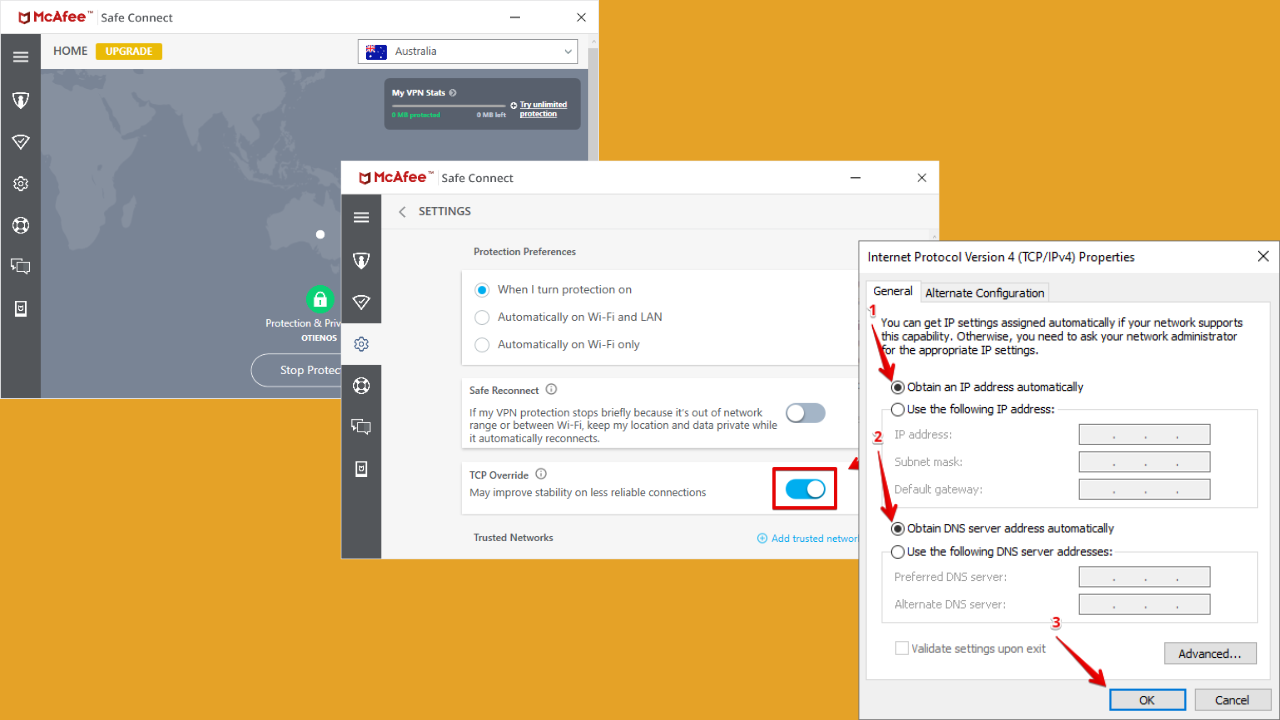
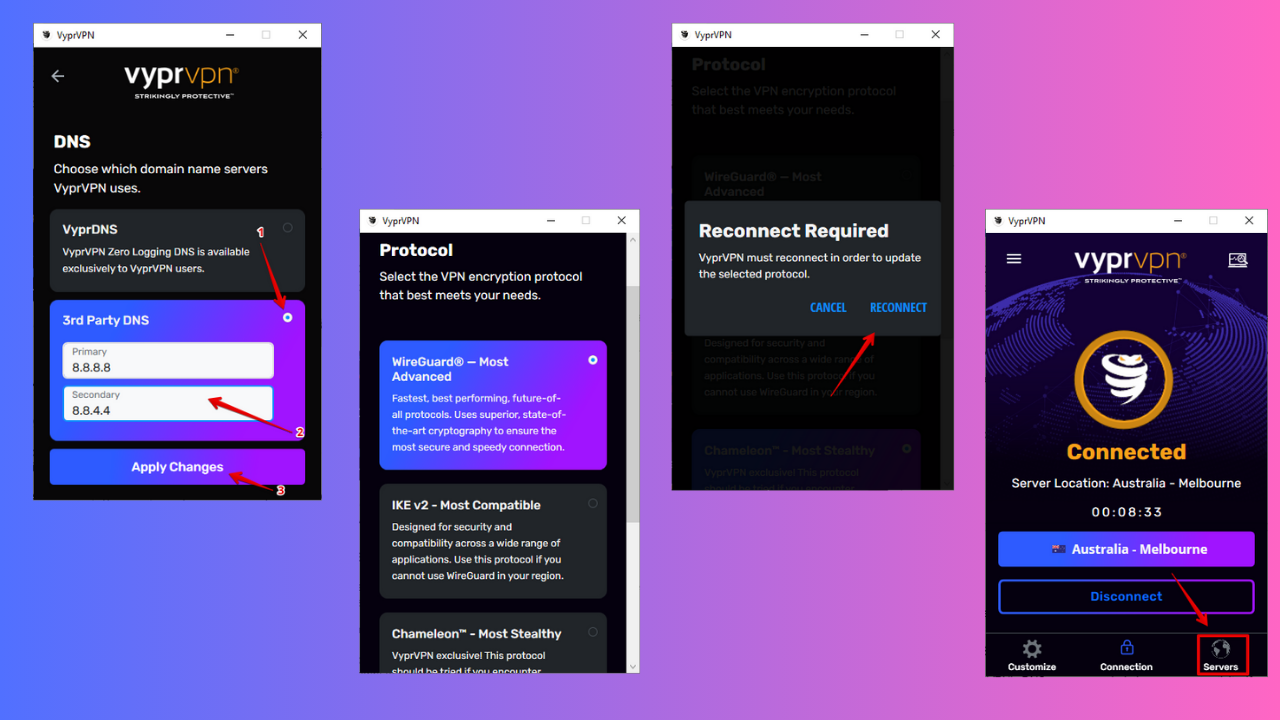

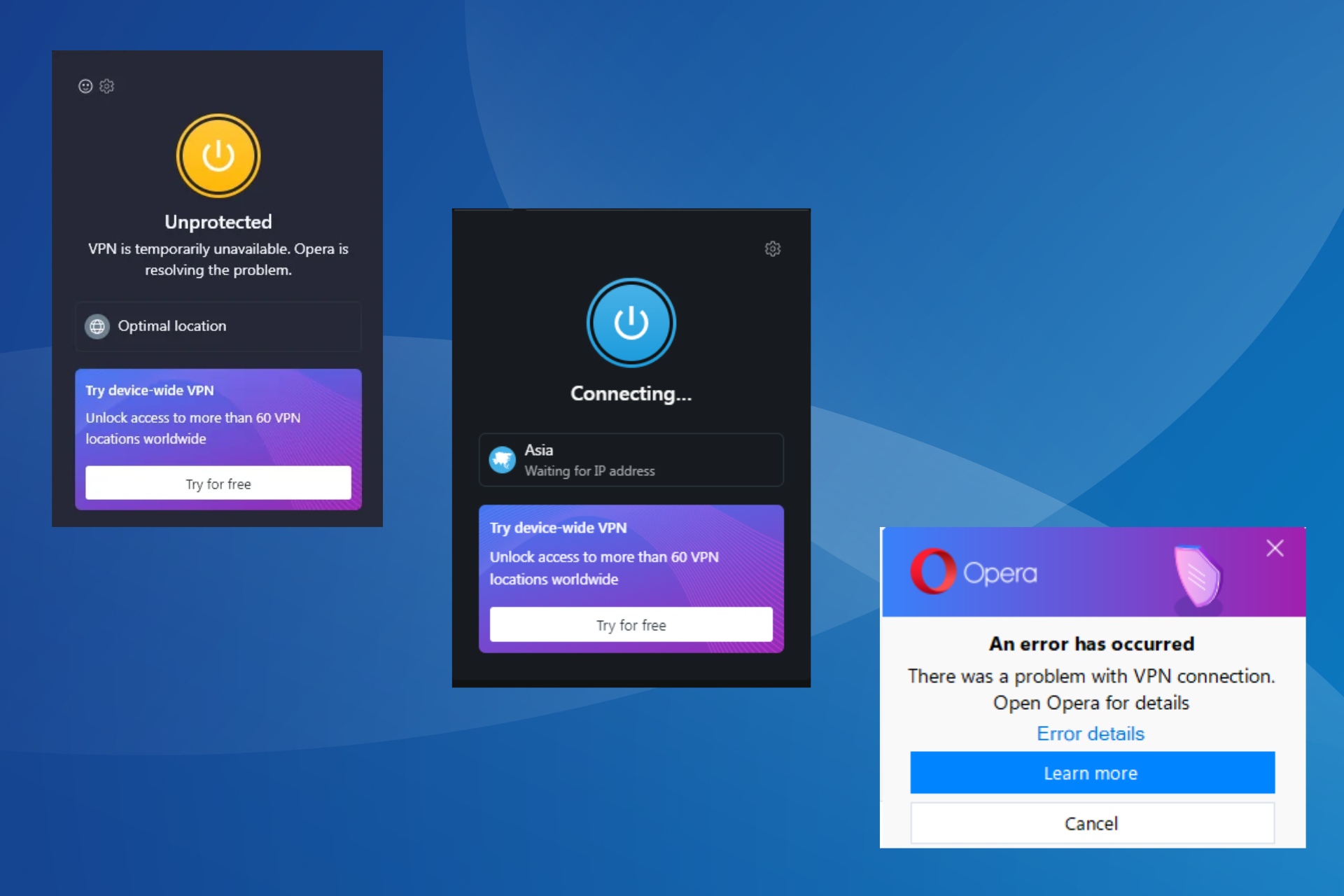
User forum
0 messages